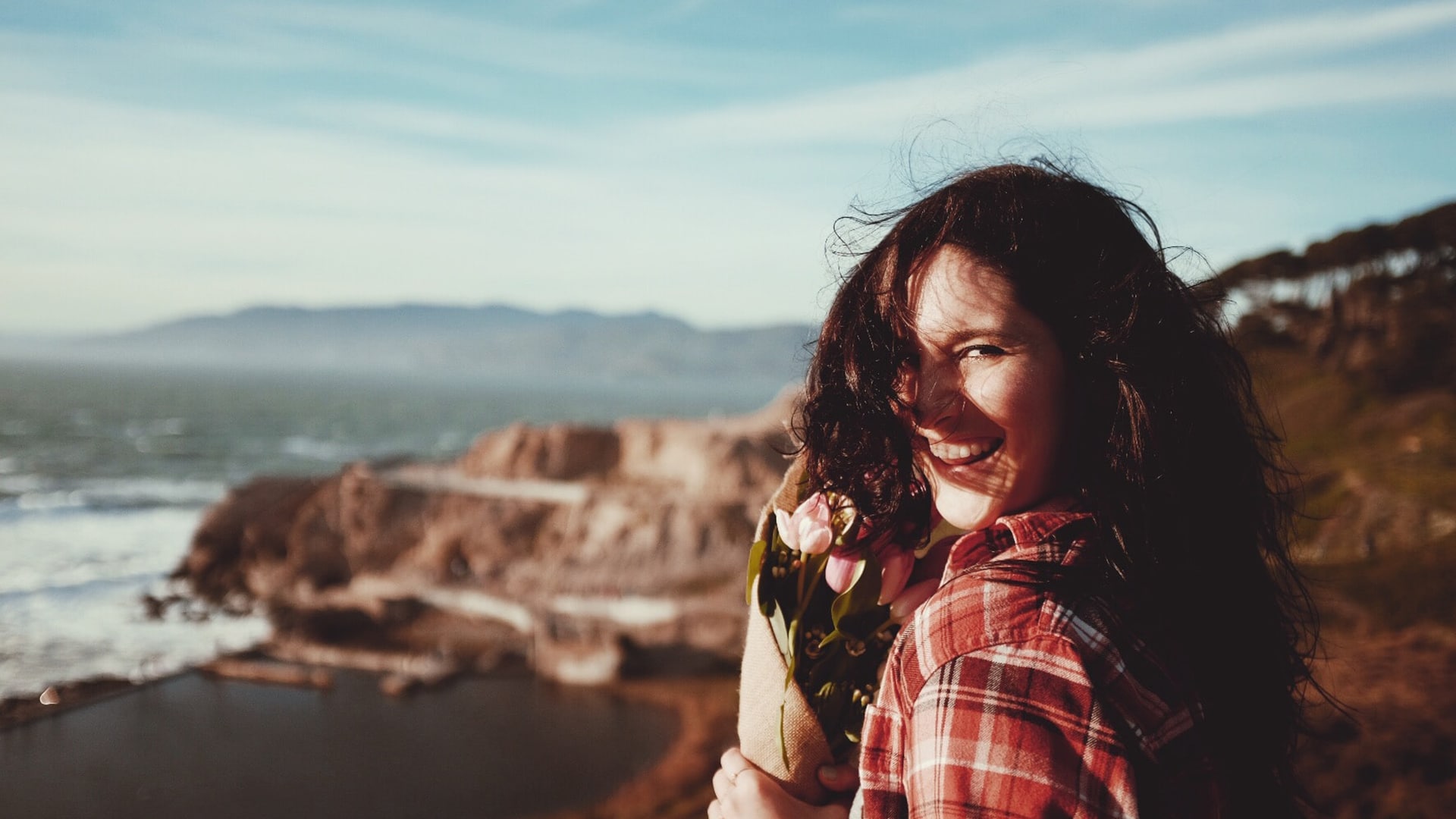The orientation of your image: portrait vs landscape (or vertical and horizontal) are the two main framing formats in photography. While their very names indicate how they are most often used, knowing how to orient your camera to highlight an element, accentuate a line or give more energy to an image is not always that easy. Here are some tips to help you make up your mind and choose between landscape vs portrait.

You’re getting blind.
Don’t miss the best of visual arts. Subscribe for $9 per month or $108 $90 per year.
Already suscribed ?



